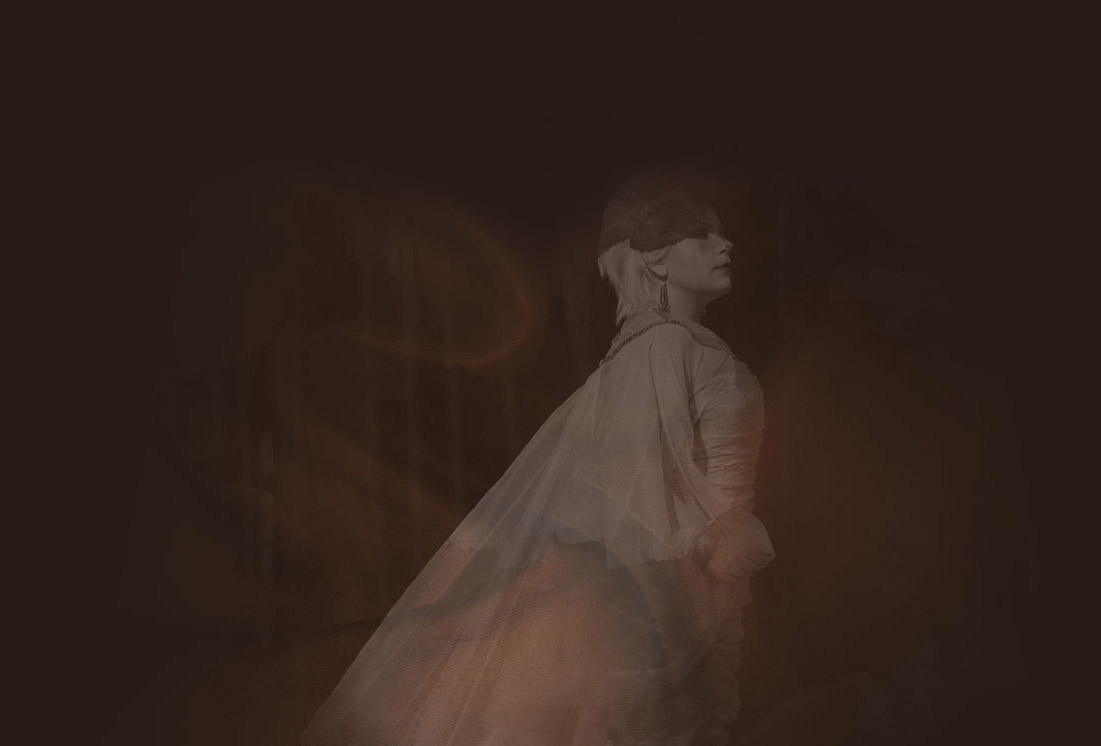While sculptures have been created in South Asia for many purposes, religious practices have played the most significant role in the development of the subcontinent's notable production of stone sculpture. One important practice in this regard is the act of darshan, a Sanskrit term usually translated as "auspicious sight." As images are often thought to manifest the deity, the sight of an image was a way to be in the presence of the divine –-to see and be seen. It may not be surprising that the interest in the religious nature of Indic sculpture has dominated its study, collection and exhibition in the West during the last two hundred years, a period of sustained contact.
What Western writers in the nineteenth century especially noticed about such works had much to do with their preconceived ideas about India as an ancient land of fantastic religious practices, ideas first developed from sporadic contacts in earlier times. These studies focused on the subjects represented, using sculpted images largely as illustrations to identify a seemingly endless number of Indian deities. Unfortunately, such limited appreciation for Indic sculptural traditions lingers. This is what makes the artistic and scholarly practice of Carmel Berkson especially remarkable.
Carmel Berkson's photographs show how repeating forms as well as a variety of forms in Indic sculpture work to convey the expansive nature of the cosmos which is thought to be generated by the presence of divinity. Carmel Berkson's writing explores ways to verbally express what she comprehends about these sculptures. These textual and pictorial essays urge us to contemplate the artistic skill required to create these forms. Our appreciation of the actual execution in the cutting and shaping of stone leads to an appreciation of the conceptual significance embodied in these sculptures.
This exhibition showcases the approach of Carmel Berkson , an American artist, who lived in India for almost forty years. It celebrates her work in light of her recent award of the Padma Bhusan.
- Janice Leoshko, Former Chair, Center for Art and Archaeology (CAA), AIIS
Carmel Berkson gifted her entire collection of about 10,000 photographs and negatives to the Photo-Archives of the Center for Art & Archaeology of AIIS in May 2009. The photographs were result of her extensive documentation of Indian sculptures during four decades of her stay in India. Her collection covers more than seventy historical sites, museums and monuments in the country. Along with the photographs and negatives, Carmel has given also copyright of images to the AIIS so that her images could reach people all over the world through dissemination programs like Virtual Museum of Images and Sounds.





